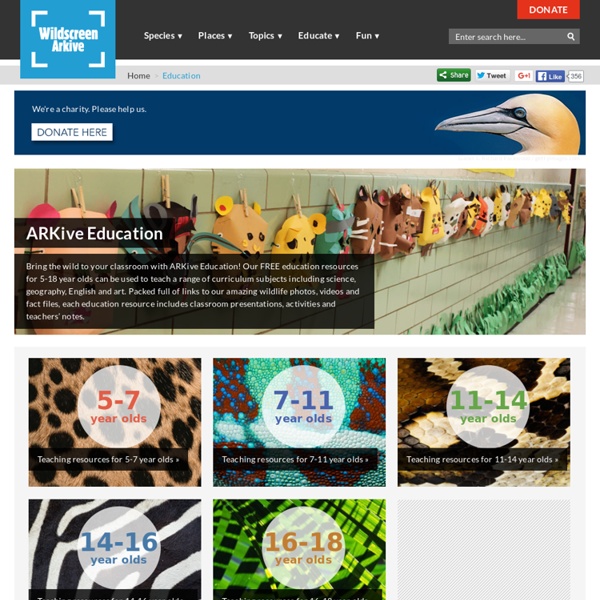



The Earth and Beyond Welcome to The Earth and Beyond Hello, my name is Tim O'Brien. I'm an astronomer working at The University of Manchester's Jodrell Bank Observatory. As an astronomer my job is to try and understand how the universe works and my main interest is why some stars explode - more about this later! I also get to visit lots of schools and share amazing facts with children and teachers about the Sun, Earth and Moon, the stars and planets, and the Universe as we know it! Now, in the Children’s University, I can share the excitement with you. Exploding stars You may know the names of some patterns of stars (called constellations) such as Orion or the Great Bear. This picture shows Orion the Hunter and Taurus the Bull with the position of an exploded star known as the Crab Nebula. We're all made of stars Understanding why stars explode is very important because most of the chemical elements (carbon, oxygen, nitrogen and so on) were made inside stars and are spread out into space when they explode.
Short stories for children to TEACH VALUES ARKive - Discover the world's most endangered species Wildscreen's Arkive project was launched in 2003 and grew to become the world's biggest encyclopaedia of life on Earth. With the help of over 7,000 of the world’s best wildlife filmmakers and photographers, conservationists and scientists, Arkive.org featured multi-media fact-files for more than 16,000 endangered species. Freely accessible to everyone, over half a million people every month, from over 200 countries, used Arkive to learn and discover the wonders of the natural world. Since 2013 Wildscreen was unable to raise sufficient funds from trusts, foundations, corporates and individual donors to support the year-round costs of keeping Arkive online. Therefore, the charity had been using its reserves to keep the project online and was unable to fund any dedicated staff to maintain Arkive, let alone future-proof it, for over half a decade. Despite appeals for support, just 85 of our 5.6 million users in 2018 made a donation.
Jamie's Ministry of Food | Home | Jamie Oliver "I want to inspire you to get in the kitchen and cook meals for yourself and your family from scratch, whether you're a complete beginner or a good cook who likes simplicity. With some basic skills under your belt and a handful of recipes, you'll be able to prepare nutritious meals on any budget." Jamie Oliver Tower Hamlets Council join the Ministry of Food campaign to improve residents' cooking skills Thu 16th Apr 2015 10:16READ MORE Ministry of Food Bradford celebrates 5th Birthday Mon 08th Dec 2014 15:08READ MORE Ministry of Food centres proven to improve diet Mon 27th Oct 2014 11:27READ MORE Premiership clubs to kickstart cooking lessons Fri 10th Oct 2014 15:10READ MORE Click on a thumbnail to find out more. Discuss cooking and more. subject
Games for Learning English, Vocabulary, Grammar Games, Activities, ESL HannasHus.se - Hannas Hus Healthy Eating Welcome to the Healthy eating module for children aged 5-8 years. This module supports primary school children learning about healthy eating, as depicted by the eatwell plate and is comprised of a comprehensive Teachers' Guide and three Key Facts; Key Fact 1 - Food is a basic requirement for life; Key fact 2 - People choose different types of food; Key Fact 3 - We all need to eat a variety and balance of food to stay healthy, as depicted in the eatwell plate. The Key Facts are the key messages and skills children need to know and ensure that children's learning is coherent and progressive. Interactive activities This module is supported by four exciting activities. Make a balanced plate (The eatwell plate and its food groups.) Make a healthy lunchbox (Create a healthy lunchbox in line with The eatwell plate.) Unmuddle the meals (Investiagte a range of meals and food groups from The eatwell plate.) This module is also available in Welsh.
Poetry Writing Lessons for Kids Here are some of the poetry writing lessons for children that I have written. These should help you learn to write your own poems. How to Write Funny Poetry Rhythm in Poetry Poetic Forms A poetic “form” is a set of rules for writing a certain type of poem. Other Poetic Styles There are many different styles of poems. Reciting Poetry Other Poetry Writing Lessons Poetry Lesson Plans for Teachers Video Poetry Lessons How to Rhyme – A video poetry writing lesson Poetry Dictionaries and Rhyming Words Lists When reading these lessons, you may come across some unfamiliar words.
Biologi spel Att lära sig om livet, levande organismer och livets processer är viktigt. Det gör du i ämnet biologi och i dessa spel. Här har vi samlat alla spel inom ämnet Biologi. Spelen passar förskolan, grundskolan och ändå upp till gymnasiet. Sortera på hur populär spelen är, hur nya de är eller efter namn. Gissa djurens namn Årskurs 1 - Årskurs 9 Ett djuriskt kul spel där du lär dig känna igen olika djur. Blodomloppet Årskurs 4 - Årskurs 6 Spelet tränar: blodkroppar blodådror hjärtats uppbyggnad syre och koldioxidutbyte Du övar på blodådrornas namn och hur de är uppbyggda samt ämnesomsättning. Fiskspel Årskurs 4 - Årskurs 5 Spelet tränar: fisk artbestämning stavning Lär dig namnen på vanliga svenska fiskar. Våra sinnen Årskurs 4 - Årskurs 9 Spelet tränar: Biologi sinnen lukt syn I detta spel får du träna på vilka sinnen vi människor har och hur de fungerar. Växter i närmiljön Årskurs 1 - Årskurs 3 Spelet tränar: Växtnamn stavning Här får du öva på vanliga växter som växer i Sverige. I stallet Biologispel.